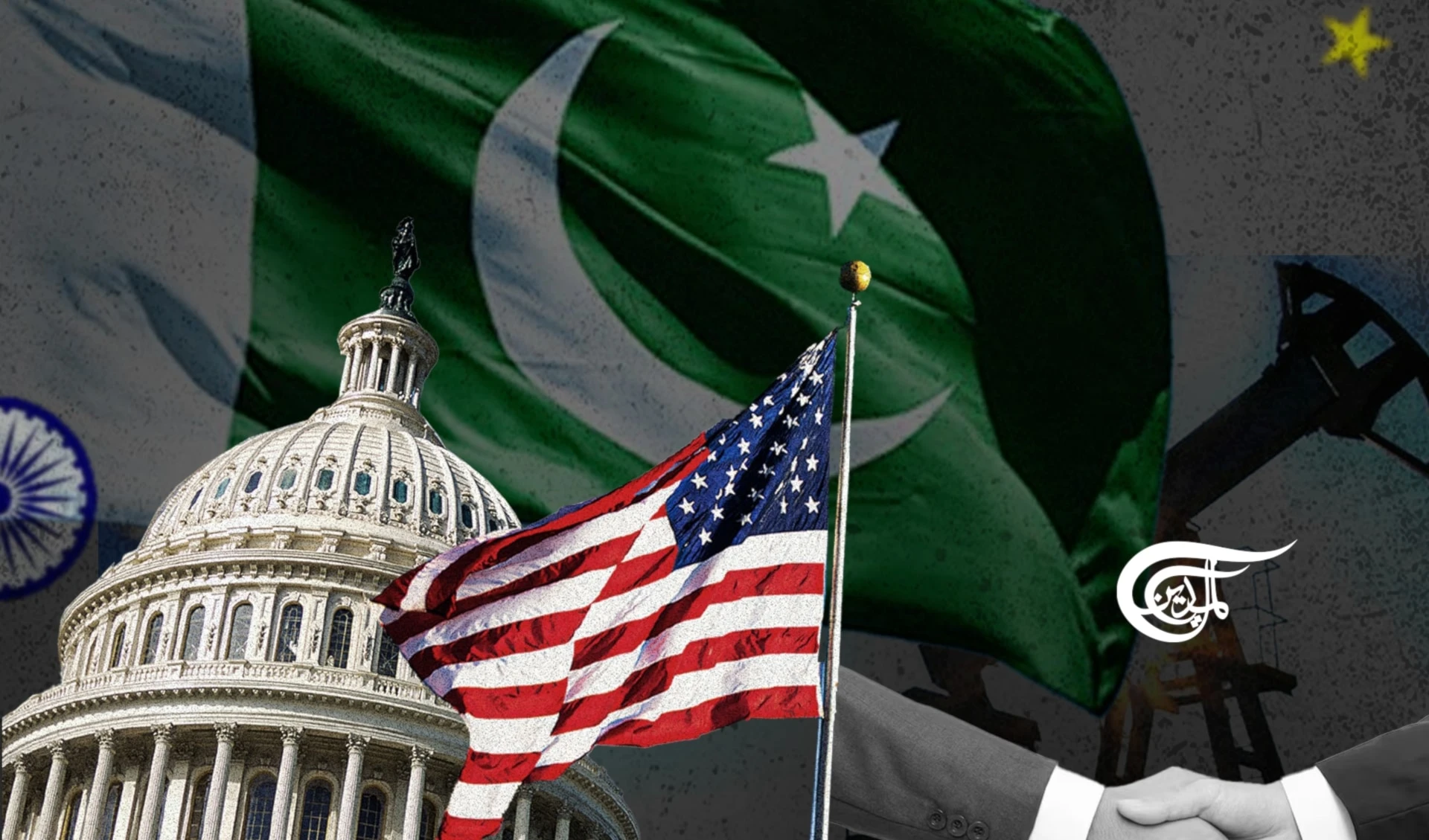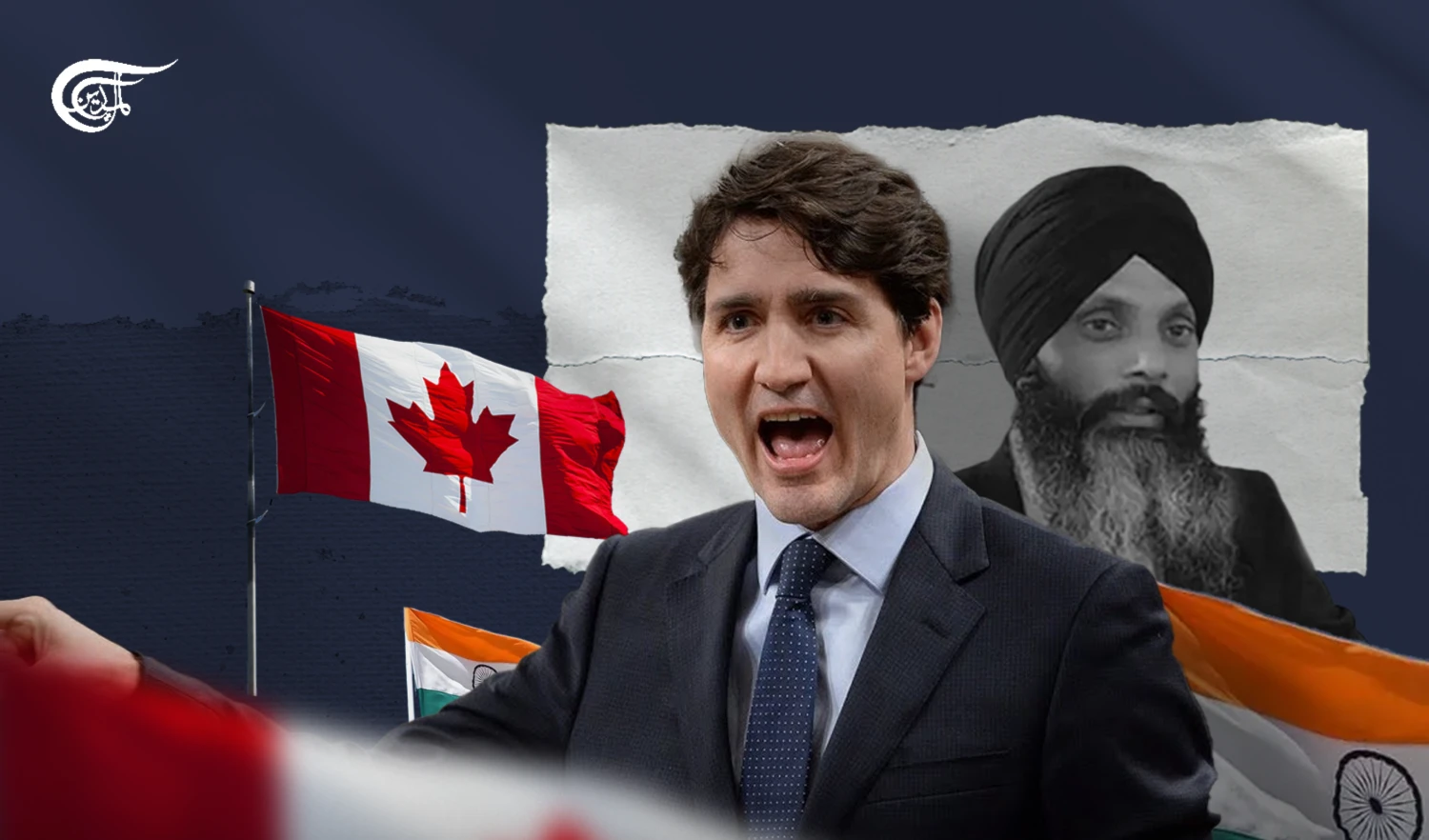No Breakthrough, As India-China Hold Talks on Decades Old Border Dispute
The well-known India-China border conflict, often referred to as the Sino-Indian border dispute, remains an active territorial disagreement between the two nations.
-

No Breakthrough, As India-China Hold Talks on Decades Old Border Dispute
In the ongoing effort to address the persistent border tensions between India and China, the latest round of talks between the two countries concluded without a major breakthrough. However, both sides have reaffirmed their commitment to expedite the resolution of disputes related to their contested border.
According to the reports, the two sides hold commanders-level talks followed by Major-General level meetings for three days looking to build ‘Confidence-Building Measures’ to sort over the border differences.
“The two sides had a positive, constructive, and in-depth discussion on the resolution of the remaining issues along the LAC in the Western Sector. In line with the guidance provided by the leadership, they exchanged views in an open and forward-looking manner” reads the statement issued by India’s Ministry of External Affairs after the 19 round of military talks between India and China.
During the talks, both nations agreed to work towards resolving the outstanding issues promptly while maintaining the momentum of dialogue and negotiations through both military and diplomatic channels. The joint statement also emphasized the importance of preserving peace and tranquility in the border areas during this period.
The boundary separating India and China has consistently emerged as a contentious matter, triggering tensions between these two nations possessing nuclear capabilities. The two countries also fought a war over the issue in 1962.
What is India-China Border Issue?
The well-known India-China border conflict, often referred to as the Sino-Indian border dispute, remains an active territorial disagreement between the two nations concerning the control of two notably substantial areas and several smaller, disconnected territories situated between China and India.
The border between India and China, often referred to as the Line of Actual Control (LAC), has never been officially demarcated in many places. This lack of clear border demarcation has led to various conflicts and tensions over the years. Among the notable disagreements are over the areas of Aksai China, located in the western sector which is administered by China as part of the Xinjiang, Uyghur Autonomous Region, and Tibet Autonomous Region and claimed by India as part of the union territory of Ladakh. The second is Arunachal Pradesh, the northeastern Indian state, claimed by China as part of its territory, while India considers and administers it as an integral part of its territory.
The border dispute has led to military standoffs, and skirmishes, with the latest round of deadly standoff being in 2020, when India claims Chinese soldiers violated the Line of Actual Control and entered into the Indian territories at various points. In June 2020, the soldiers of the two countries entered a violent clash in Ladakh’s Galwan Valley resulting in the death of 20 Indian soldiers and an unknown number of Chinese soldiers. Since then, they stationed tens of thousands of military personnel backed by artillery, tanks, and fighter jets to guard their side of the border.
Both Nations have worked to de-escalate tensions through military and diplomatic communication and achieved disengagement and creation of buffer zones in some areas, including the northern and southern banks of Pangong Tso, Gogra, and Galwan Valley. However, challenges persist in other areas such as Depsang and Demchuk border points. Reports say that the Depsang standoff has resulted in obstruction of Indian troop movement to the traditional Patrolling Points (PP) PP 10, PP11, PP 11A, PP12 and PP13, covering 952 sq km.
India External Affairs Minister S. Jaishankar recently said, "The state of the border will determine the state of the relationship [between India and China] and the state of the border today is still abnormal."
The Dalai Lama Issue
Besides border disputes, India and China have had major differences over the Dalai Lama, Tibet's spiritual leader who was granted refuge in India in 1959 after a Tibetan uprising against Chinese rule failed.
China has always objected to the presence of the Dalai Lama in India. The Indian government has kept its engagement with the Dalai Lama to a minimum and mainly out of the public domain but has allowed over 160,000 Tibetan people living in India to form a Tibetan Government in Exile called Central Tibetan Administration. It is headquartered in the Indian City of Dharamsala, where the current Dalai Lama also lives.
String of Pearls
Over the past decade, one of India's escalating worries has been China's growing web of geopolitical dominance in the Indian Ocean region. This phenomenon, commonly referred to as the "string of pearls" in diplomatic discussions, entails the establishment of commercial ports across various nations as an integral facet of China's ambitious "Silk Route" initiative.
China's strategic moves to bolster its maritime influence have led to the development of key commercial ports in select countries like Hambantota in Sri Lanka, Gwadar in Pakistan, Chittagong in Bangladesh, and Marao Atoll in the Maldives. These port facilities strategically encircle India and serve as potential nodes in China's envisioned maritime trade network.
Though China has been claiming these ports are strategic for their commercial usage, however, experts say, this web of ports in India’s neighborhood and in the Indian Ocean region is actually to create maritime dominance.
“The "string of pearls" concept highlights India's concerns about China's encroachment on its traditional sphere of influence,” says Defence Expert Major Gen (Retd) G D Bakshi.
“China's real target is to surround India, so he is aggressively making moves in India’s neighborhood,” he adds.
Gen Bakshi says India’s response to this growing phenomenon involves a mixture of diplomatic engagement, strategic partnerships, and bolstering its own naval capabilities.
“We have state-of-the-art equipment and weaponry to safeguard our borders. Modern India knows how to tackle the challenges, come it may in any form,” he concludes.

 Tawqeer Hussain
Tawqeer Hussain
 6 Min Read
6 Min Read











